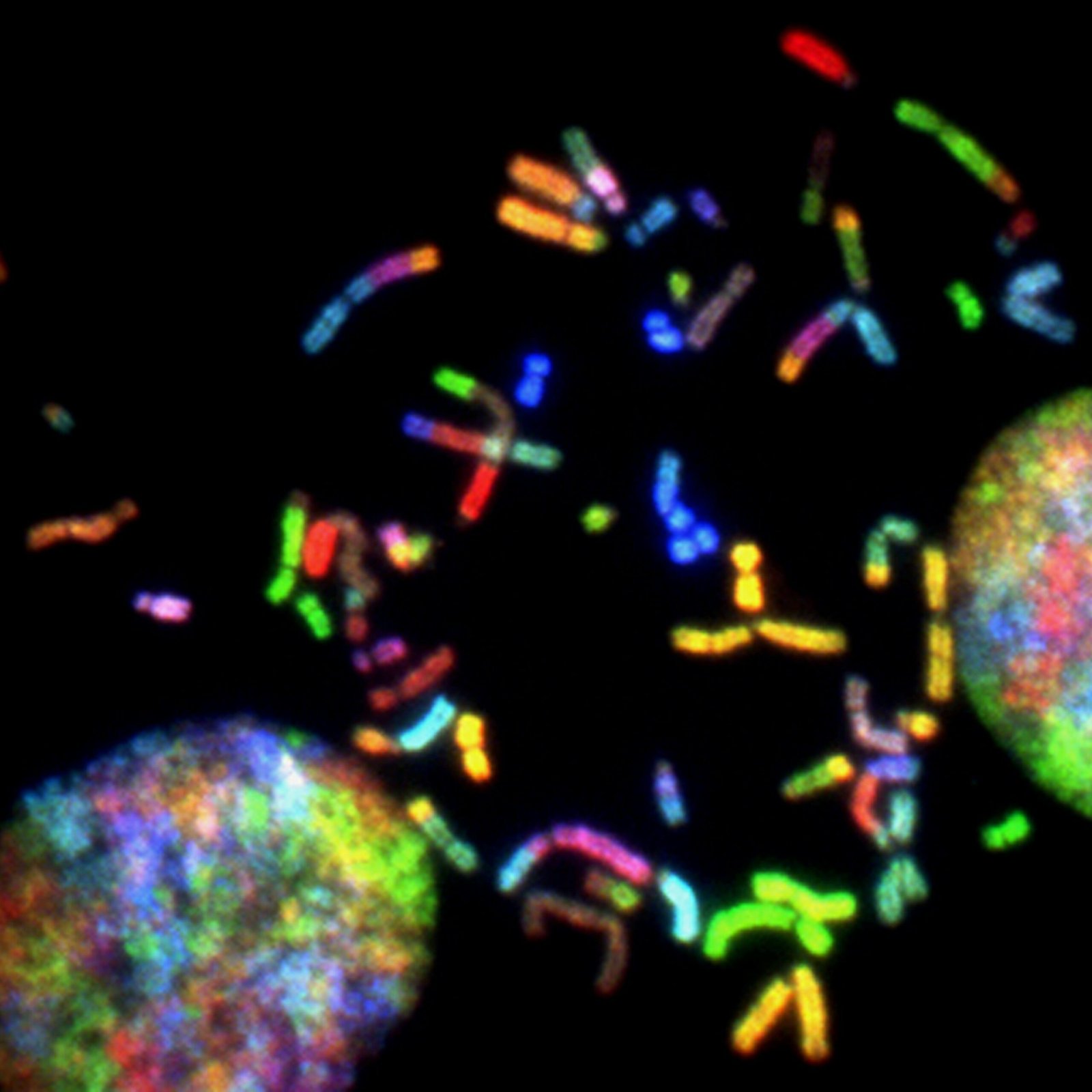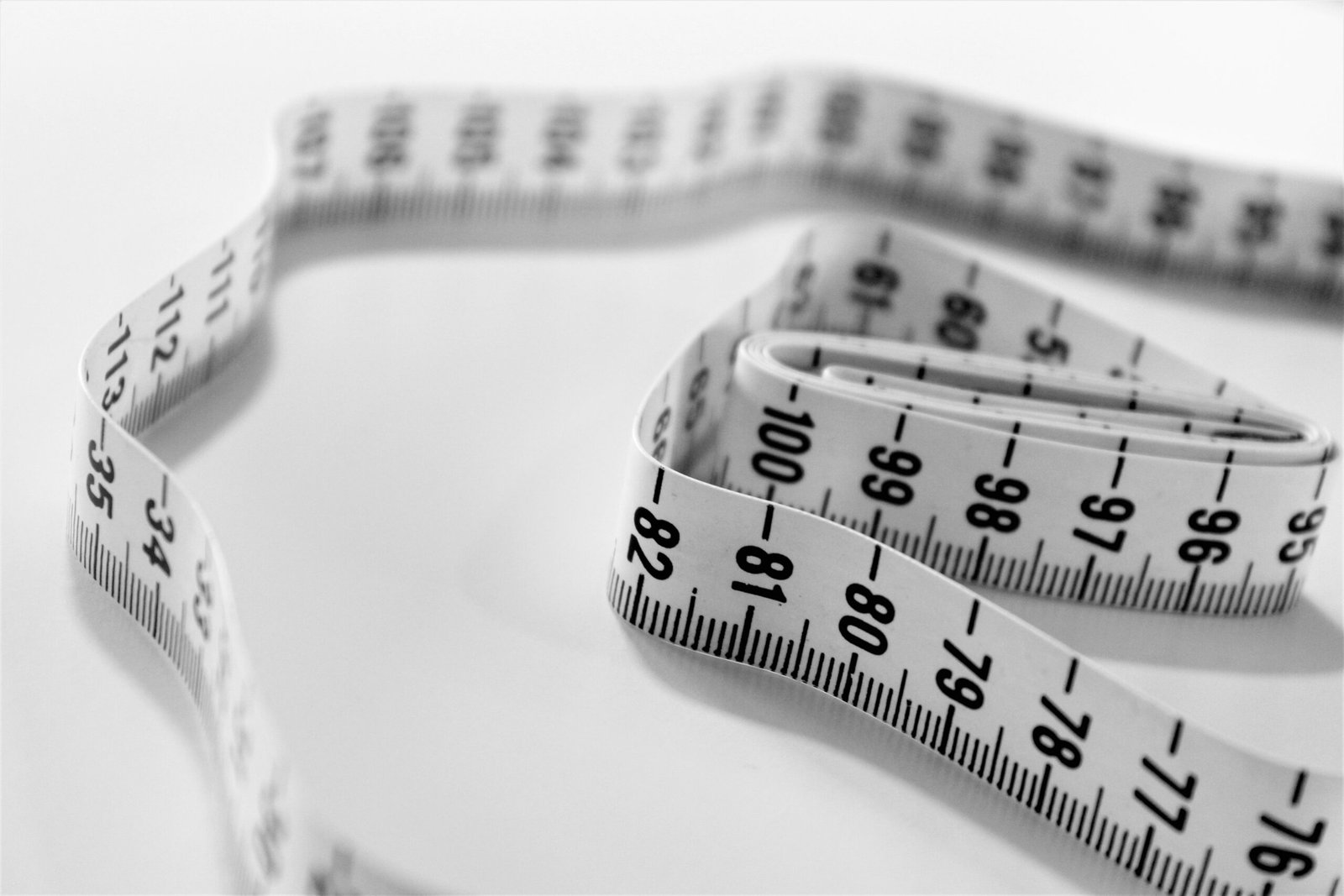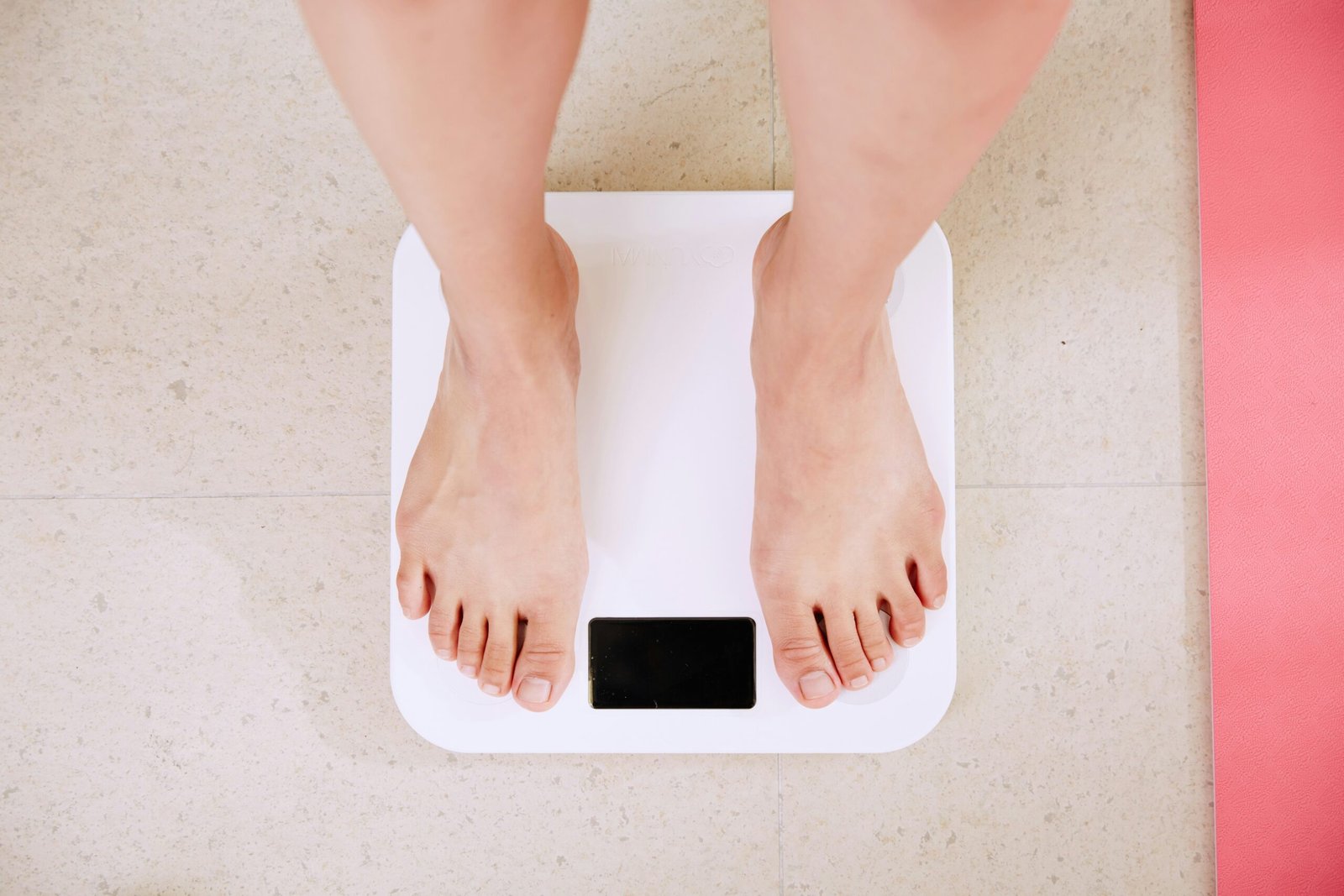Genetics and Fat Distribution
Genetics play a significant role in determining where your body stores and loses fat. Some individuals may naturally carry more fat in certain areas, such as the hips or thighs, while others may store it predominantly in the abdomen. This means that even with targeted exercises and a healthy diet, you may not be able to completely eliminate fat from specific areas.
Hormones and Fat Distribution
Furthermore, hormones also influence fat distribution in the body. For example, women tend to store more fat in the hips and thighs due to the effects of estrogen, while men typically store more fat in the abdominal region due to higher levels of testosterone. These hormonal differences make it even more challenging to spot reduce fat in specific areas.
Overall Body Composition and Fat Loss
Overall body composition also plays a role in fat loss. If you have a higher percentage of body fat, it may take longer to see noticeable changes in specific areas. On the other hand, individuals with a lower body fat percentage may see faster results as their overall fat stores are already lower.
Comprehensive Fitness Routine
While spot reduction may not be possible, it is still important to engage in a comprehensive fitness routine that includes both cardiovascular exercise and strength training. Cardiovascular exercise helps to burn calories and promote overall fat loss, while strength training helps to build lean muscle mass and improve overall body composition.
The Systematic Approach to Fat Loss
When it comes to fat loss, the body follows a systematic approach. As you create a calorie deficit through a combination of diet and exercise, your body begins to break down stored fat to meet its energy needs. This process, known as lipolysis, occurs throughout the body, not just in specific areas.
Fuel Sources during Physical Activity
During physical activity, your body’s primary source of energy is a molecule called adenosine triphosphate (ATP). This molecule is produced through the breakdown of carbohydrates, fats, and proteins. The body’s preference for fuel sources depends on the intensity and duration of the exercise.
The Myth of Spot Reduction
While it is true that certain exercises can help strengthen and tone specific muscles, they do not directly burn fat from those areas. The idea of spot reduction, where you can target a specific area of the body to lose fat, is a myth. Fat loss occurs systemically, meaning that as you continue to create a calorie deficit, your body will gradually reduce fat stores from all over.
Overall Fat Loss through a Balanced Approach
So, if you want to lose fat in a particular area, such as your abdomen or thighs, you need to focus on overall fat loss through a combination of a balanced diet and regular exercise. This will help you create a calorie deficit and promote the breakdown of stored fat throughout your body.
Other Factors Affecting Fat Loss
In addition to exercise and diet, other factors can also influence fat loss. These include genetics, hormones, sleep quality, stress levels, and overall metabolic rate. While you cannot change your genetics, you can optimize these other factors to support your fat loss goals.
Consistency and Patience in Fat Loss
It’s important to note that fat loss is a gradual process and requires consistency and patience. It’s not realistic to expect to lose fat from a specific area overnight. Instead, focus on making sustainable lifestyle changes that promote overall health and well-being. This will not only help you achieve your fat loss goals but also lead to long-term success and improved overall fitness.
A Comprehensive Approach to Fat Loss
When it comes to achieving overall fat loss, it is important to adopt a comprehensive approach that incorporates various strategies. Focusing solely on spot reduction, where you try to target specific areas of the body for fat loss, is not an effective or sustainable method. Instead, the key lies in implementing a combination of regular cardiovascular exercise, strength training, and a healthy diet.
The Role of Cardiovascular Exercise in Fat Loss
Cardiovascular exercise plays a crucial role in promoting overall fat loss. Engaging in activities such as running, swimming, or cycling elevates your heart rate and increases calorie expenditure. This sustained calorie burn aids in reducing body fat not only in specific areas but throughout the entire body. By incorporating cardio into your fitness routine, you can create a calorie deficit, which is essential for shedding excess fat.
The Importance of Strength Training for Fat Loss
Strength training, on the other hand, is often overlooked when it comes to fat loss. Many individuals mistakenly believe that lifting weights will make them bulk up, but this couldn’t be further from the truth. In fact, strength training is a powerful tool for achieving a toned and lean physique. By building muscle mass, you can boost your metabolism and burn more calories, even at rest. This means that your body becomes a more efficient fat-burning machine, helping you achieve your overall fat loss goals.
The Role of Nutrition in Fat Loss
While exercise is crucial, it’s important to remember that you can’t out-train a bad diet. Nutrition plays a vital role in fat loss, and adopting a healthy eating plan is essential. A balanced diet that includes a variety of whole foods is key to creating a calorie deficit and promoting fat loss. Fruits, vegetables, lean proteins, and whole grains should form the foundation of your diet, while processed foods, sugary snacks, and excessive amounts of saturated fats should be minimized.
Individual Variation in Fat Loss
It is important to acknowledge that everyone’s body is unique, and the rate at which you lose fat may vary. Some individuals may notice quicker results in certain areas, while others may find it more challenging to shed fat in those specific spots. It is crucial to approach fat loss with patience, consistency, and a holistic mindset. By focusing on overall fat loss, incorporating a combination of cardiovascular exercise, strength training, and a healthy diet, you can achieve the body composition you desire and maintain it in the long run.


